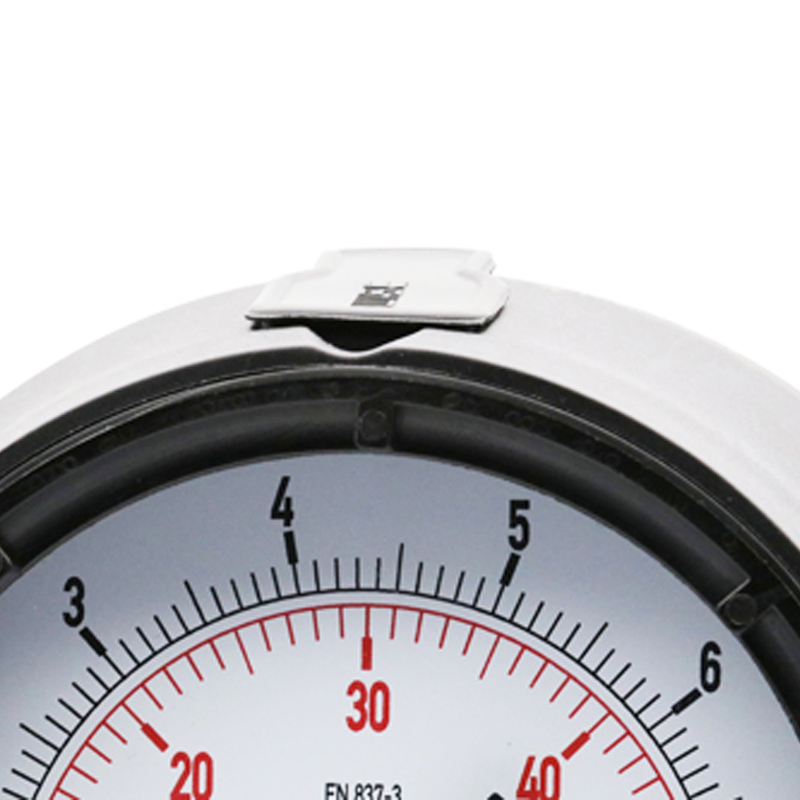
Nov . 07, 2024 07:53 Back to list
Diaphragm-Based Pressure Sensors and Their Sensing Element Technologies Explained
Understanding Pressure Sensing Elements The Role of Diaphragms
Pressure sensing elements are crucial components in various industries, including automotive, aerospace, oil and gas, and medical applications. Among these elements, diaphragms play a pivotal role in translating mechanical pressure into an electrical signal. This conversion is essential for monitoring, controlling, and optimizing processes across a wide range of applications.
A diaphragm is a flexible membrane that separates two chambers, typically subjected to different pressures. When pressure is applied to one side of the diaphragm, it deforms and moves, causing a change in the distance between the two sides. This movement can be measured and converted into an electrical signal through various methods, such as resistive, capacitive, or piezoresistive sensing technologies.
Types of Diaphragms and Their Applications
Diaphragms can be made from various materials, including metals, polymers, and ceramics. The choice of material depends on factors such as the operating environment, the range of pressures to be measured, and the required accuracy of the readings.
1. Metal Diaphragms Often used in high-pressure applications, metal diaphragms are known for their durability and resistance to harsh environments. They are commonly found in industrial pressure transducers used in oil and gas exploration, hydraulic systems, and HVAC applications.
2. Polymeric Diaphragms These are lightweight and can be engineered to be sensitive to low pressures. They are widely used in medical devices, such as blood pressure monitors and respiratory equipment. Their flexibility allows for precise readings even at minuscule pressure changes.
3. Ceramic Diaphragms Ceramic materials provide excellent chemical resistance and stability over a wide temperature range. They are often employed in applications where corrosive fluids are present, making them ideal for food processing, water treatment, and pharmaceutical industries.
Working Principle of Diaphragm Pressure Sensors
pressure sensing elements diaphragm

The operational principle behind diaphragm pressure sensors is relatively straightforward. When the diaphragm is exposed to pressure, it bows or deflects. This deflection can be connected to various sensing technologies
- Resistive Sensors These utilize strain gauges attached to the diaphragm. As the diaphragm deforms, the strain gauges change their resistance, which can then be converted into a measurable electrical signal.
- Capacitive Sensors In these sensors, the movement of the diaphragm changes the capacitance between two plates, providing a very sensitive measurement of pressure changes.
- Piezoresistive Sensors This technology takes advantage of the piezoresistive effect, where the material's resistance changes under mechanical stress. This is particularly useful for semiconductor materials, enhancing sensitivity and accuracy.
Importance of Calibration and Maintenance
Accurate pressure measurements are vital for the safety and efficiency of various systems. Therefore, it is crucial to regularly calibrate and maintain diaphragm pressure sensors. Factors such as temperature changes, mechanical wear, and exposure to corrosive substances can affect their performance over time. Regular checks ensure that the sensors provide reliable data, which is essential for critical applications.
Conclusion
Diaphragm pressure sensing elements are fundamental in converting mechanical pressure into usable electrical signals. Their design and material selection greatly influence their functionality and application range. Understanding how these components work and their importance in various fields aids in selecting the right sensor for each application, ensuring accuracy and reliability in pressure measurement systems. As technology advances, these sensing elements will continue to evolve, offering improved performance and wider applications in the future.
-
High-Quality Pressure Gauge on Fire Extinguisher - Reliable Water Fire Extinguisher Pressure Gauge Suppliers & Exporters
NewsJul.08,2025
-
High-Quality Water Pressure Differential and Gauge Kit Reliable Manufacturers & Competitive Quotes
NewsJul.08,2025
-
High-Precision Digital Diaphragm Pressure Gauge – Reliable Manufacturer & Competitive Quotes
NewsJul.07,2025
-
Wholesale Diaphragm Pressure Gauge Supplier - Premium Quality & Competitive Price
NewsJul.07,2025
-
Digital Diaphragm Pressure Gauge Reliable & Precise Measurement Top Manufacturers Quotes
NewsJul.06,2025
-
High Accuracy Piston Type Differential Pressure Gauge - Reliable Manufacturers & Competitive Quotes
NewsJul.06,2025
